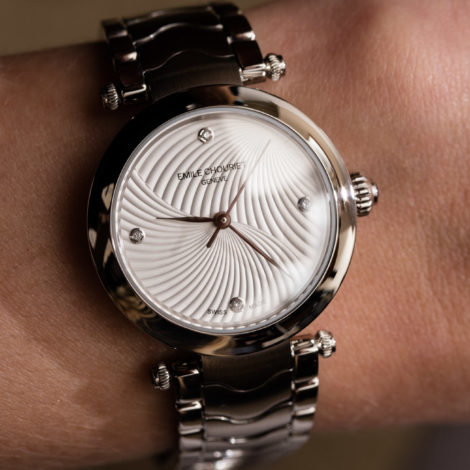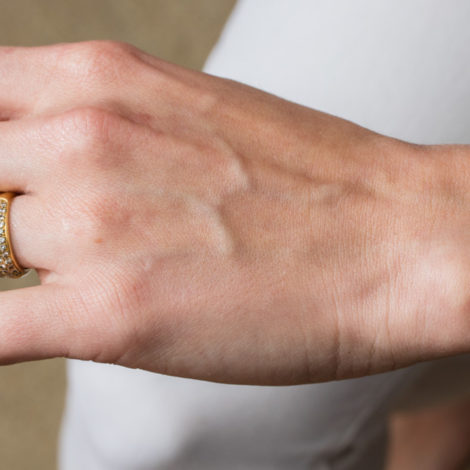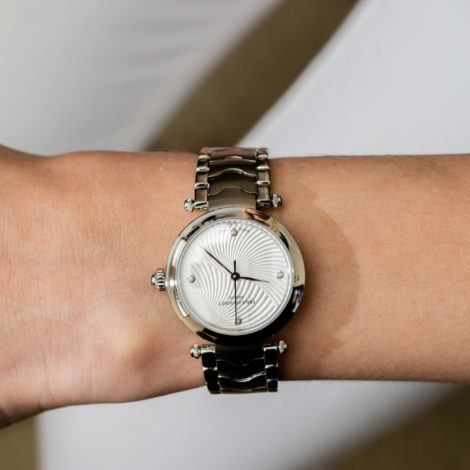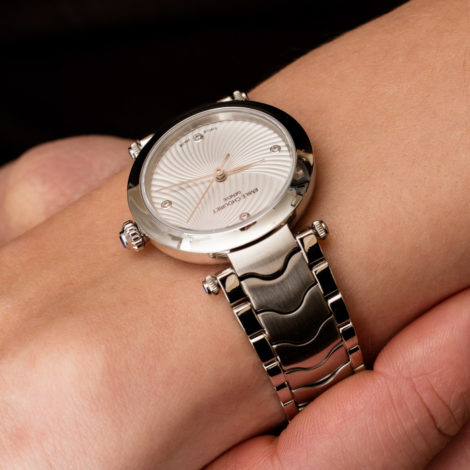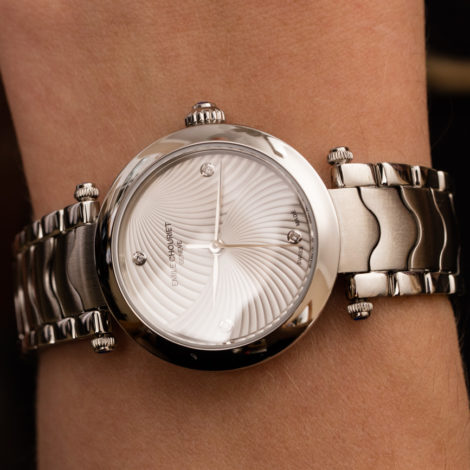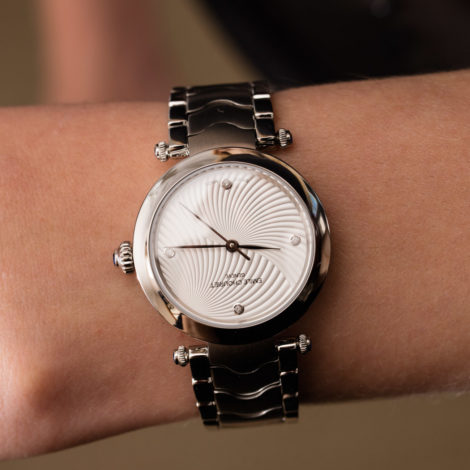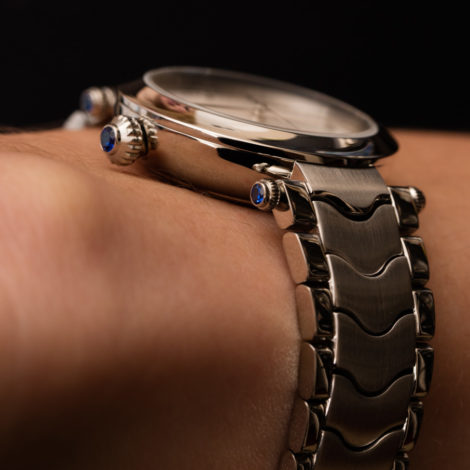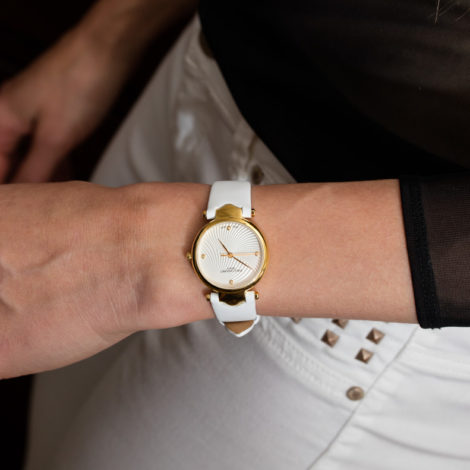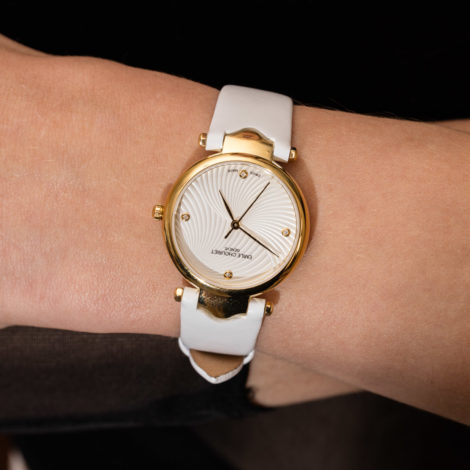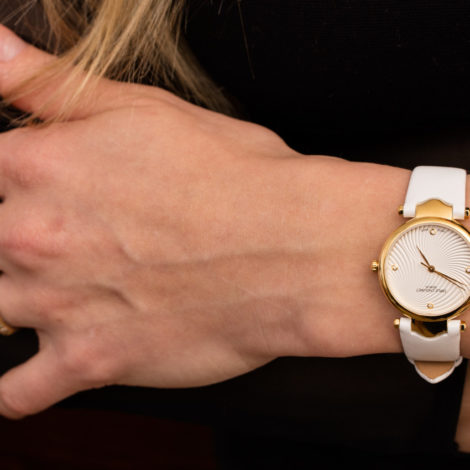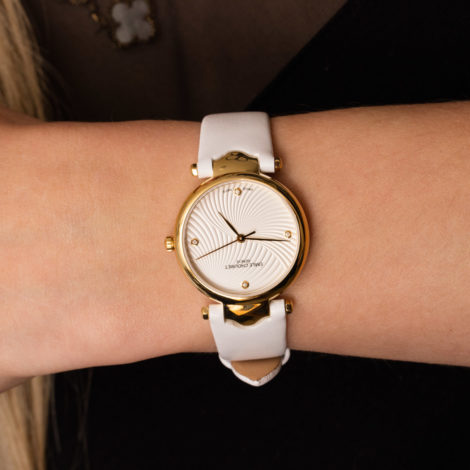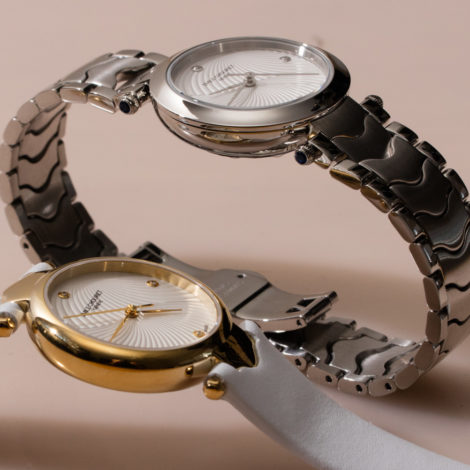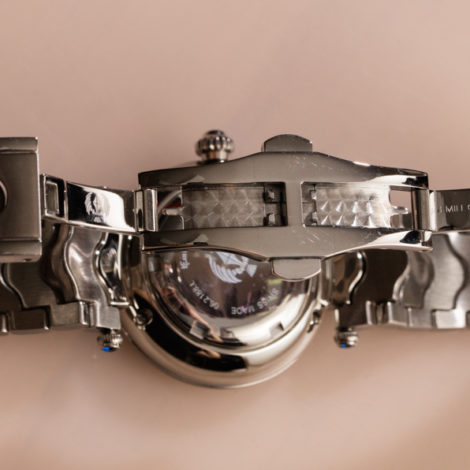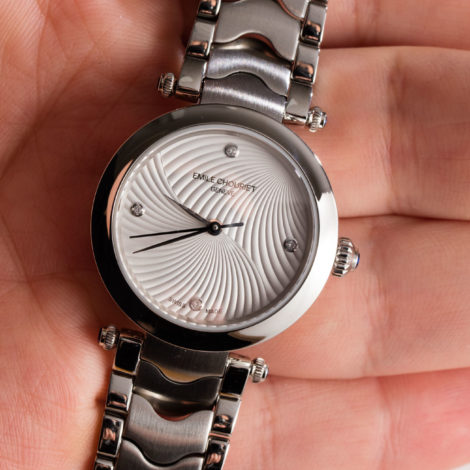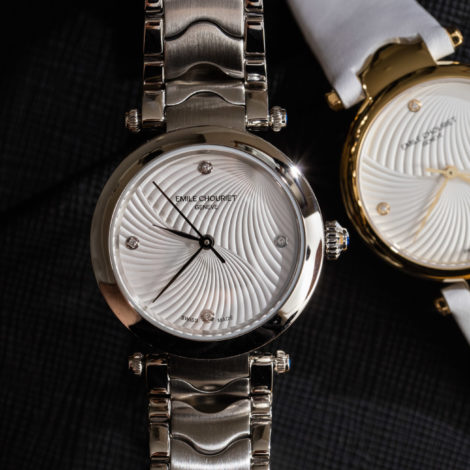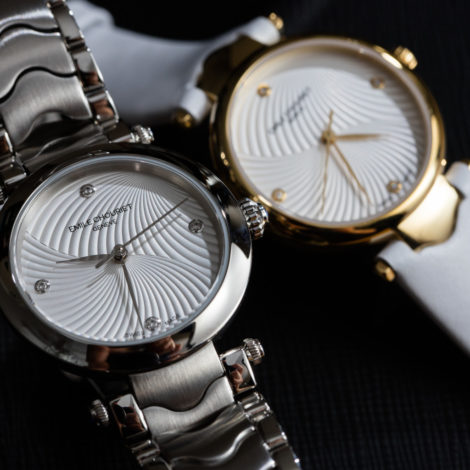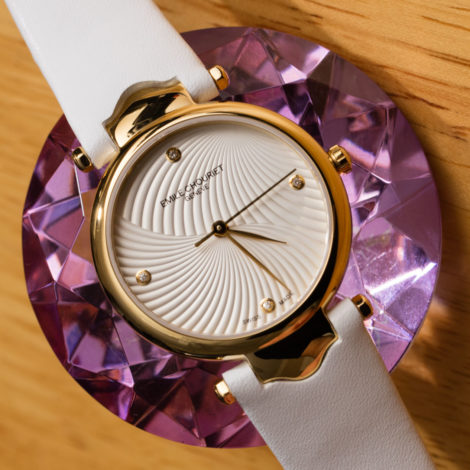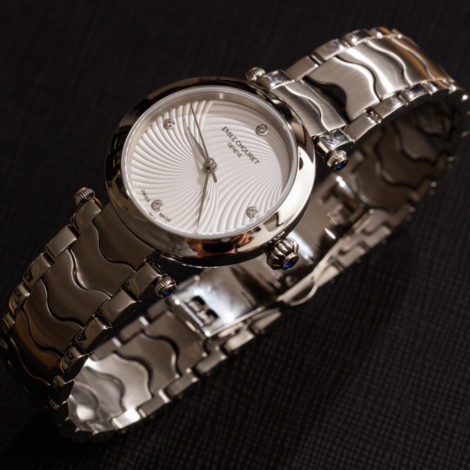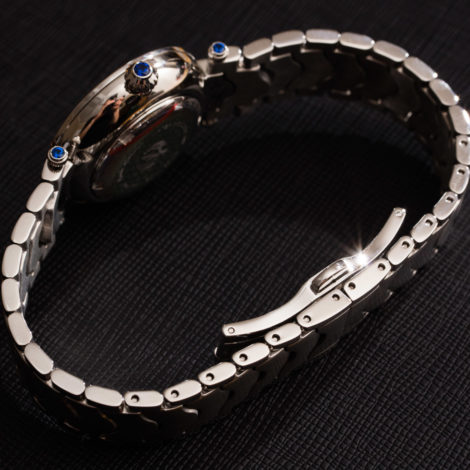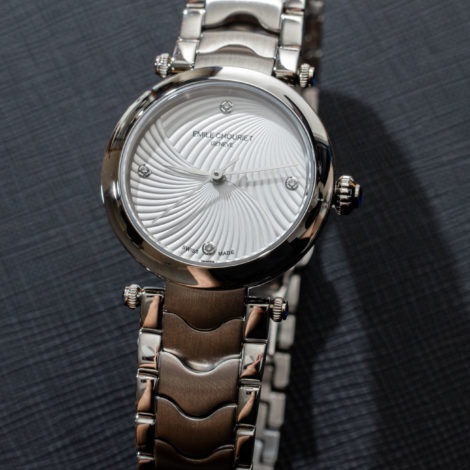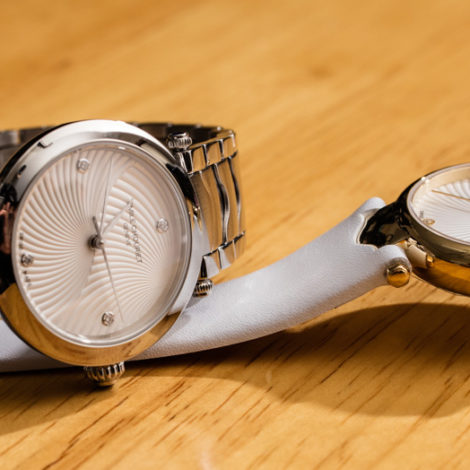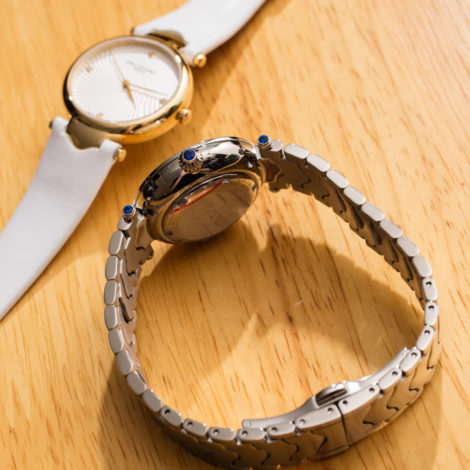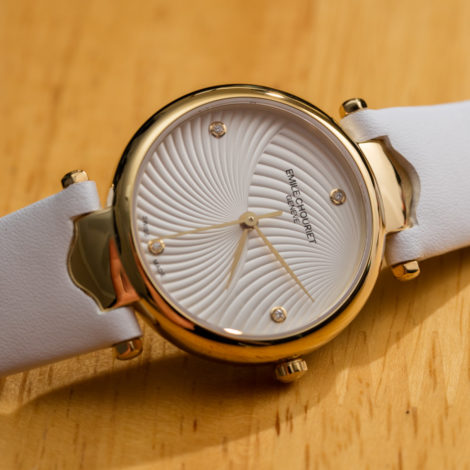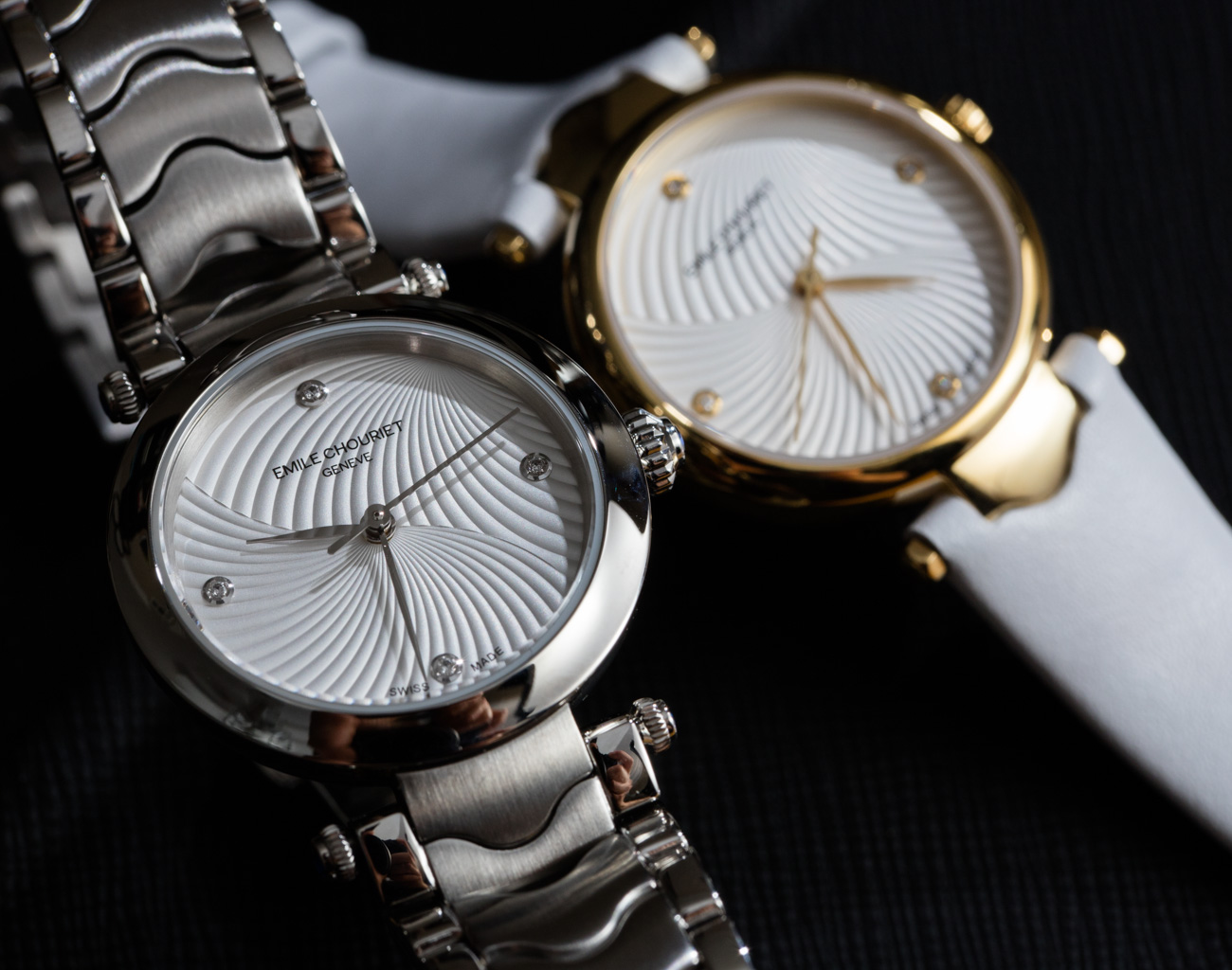
Whenever I can, I like to review women’s watches that I admire for their design and value. Not being a woman myself, I can’t review these as I would a men’s watch, but I can put a women’s watch on a woman and offer fair feedback. One of my major criteria in reviewing women’s watches is that they be distinctive from men’s watches. What do I mean? In short, I prefer to review women’s watches that have a distinctly feminine design, rather than women’s watches which are (more or less) smaller-sized versions of existing men’s watches.
Today I look at the Emile Chouriet Fair Lady Ballerina. There are two styles here that represent the Fair Lady Ballerina collection, as there are both quartz and automatic movement-based models. The larger Emile Chouriet Fair Lady collection has nearly 30 watches in it, and these two pieces are a mere taste of the larger family of women’s watches from the Swiss brand.
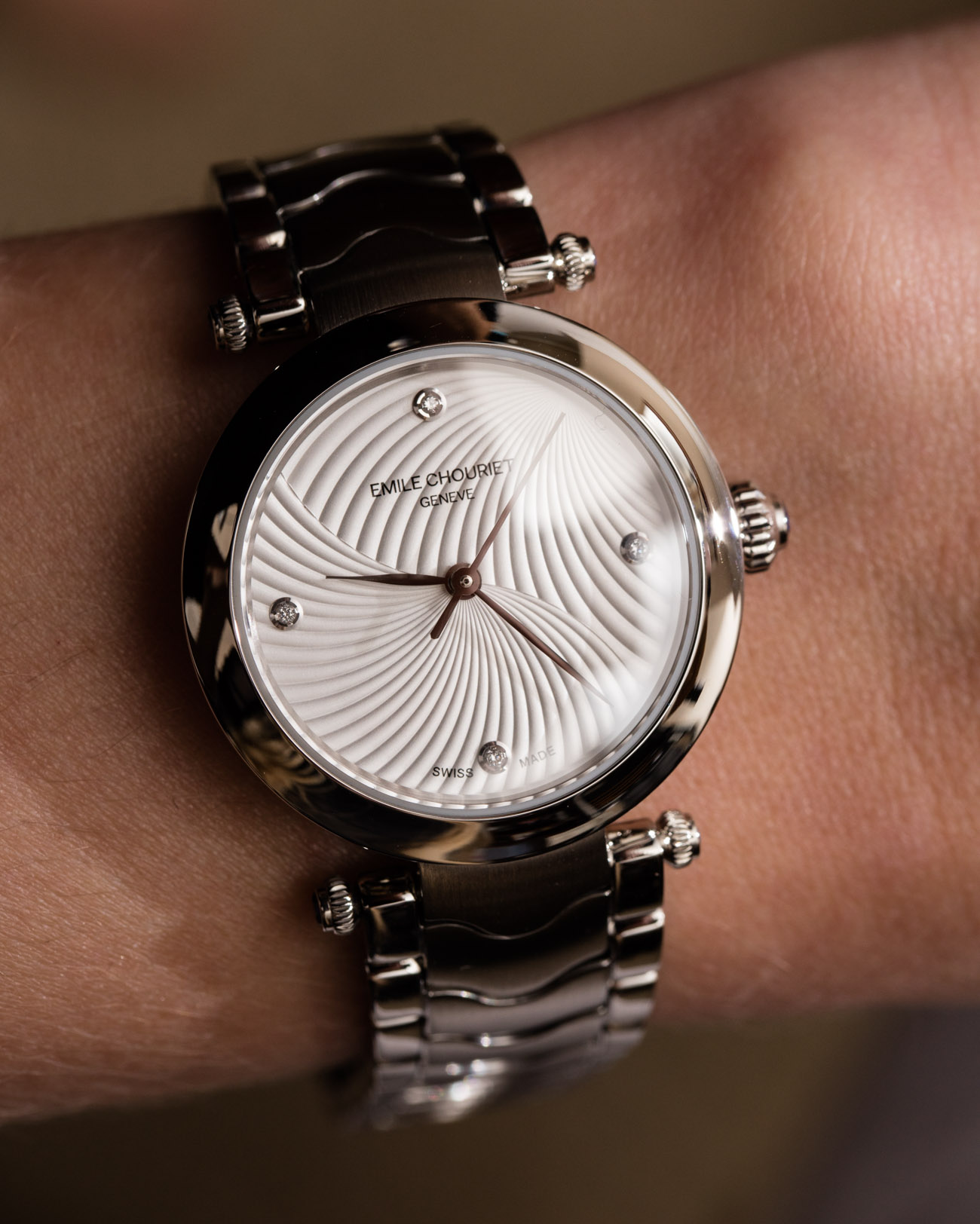
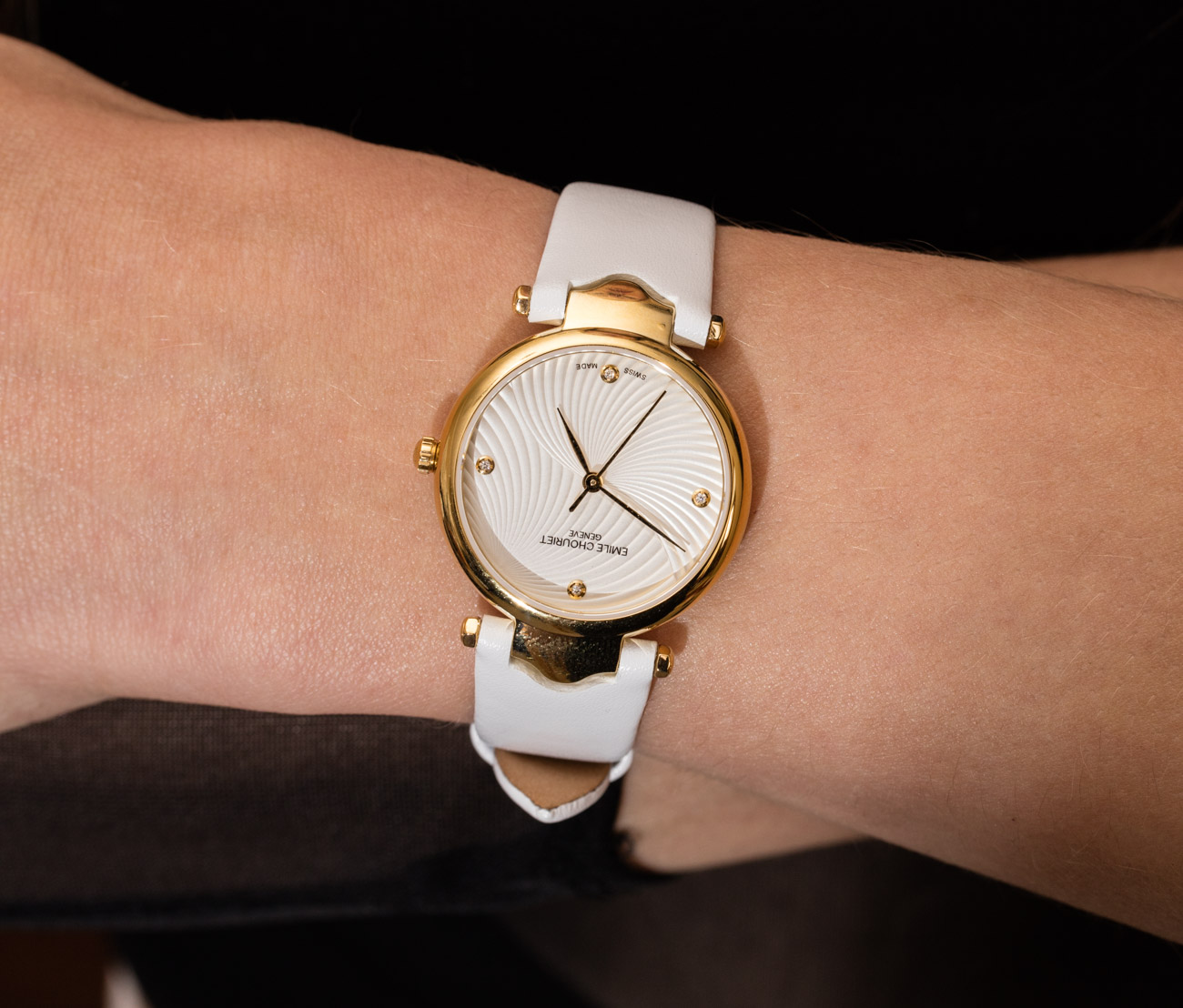
You don’t really see many Emile Chouriet watches in the U.S., but that is because their primary distribution points are in other parts of the world, such as Asia. The brand does, however, include a series of distinctive men’s and women’s watches that have rather fair value propositions when it comes to price.
The Ballerina version of the Fair Lady watch collection is distinguished by its “whirlwind-style” dial, which, according to the brand, is meant to evoke the look of a ballerina’s spinning silk tutu. I can certainly see the resemblance between the textured dial motif and flying skirts. The watch also includes four small diamonds at major hour pointers but is otherwise a relatively clean and simple dial. Other Fair Lady watches have different dials options, as well as other different case sizes.
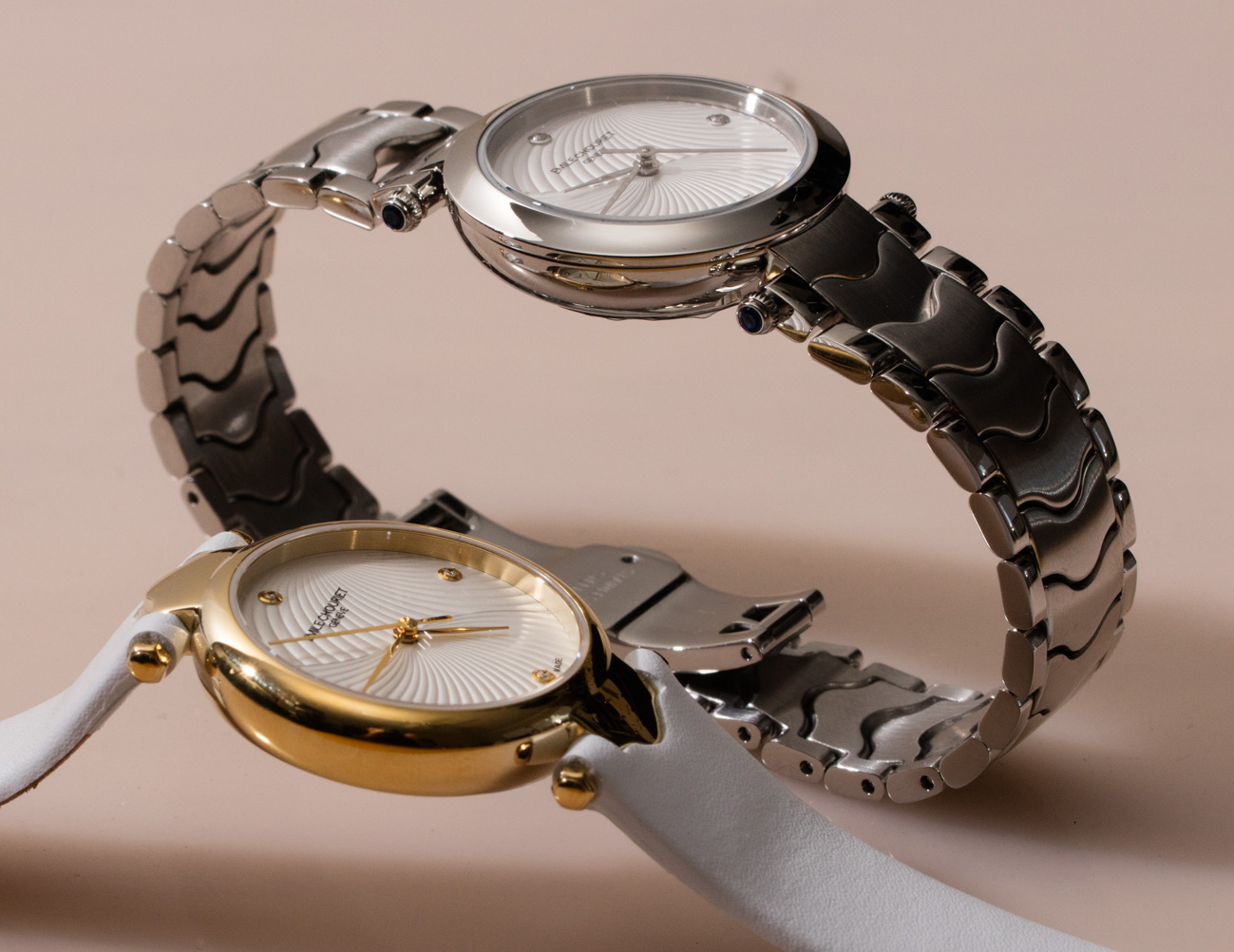
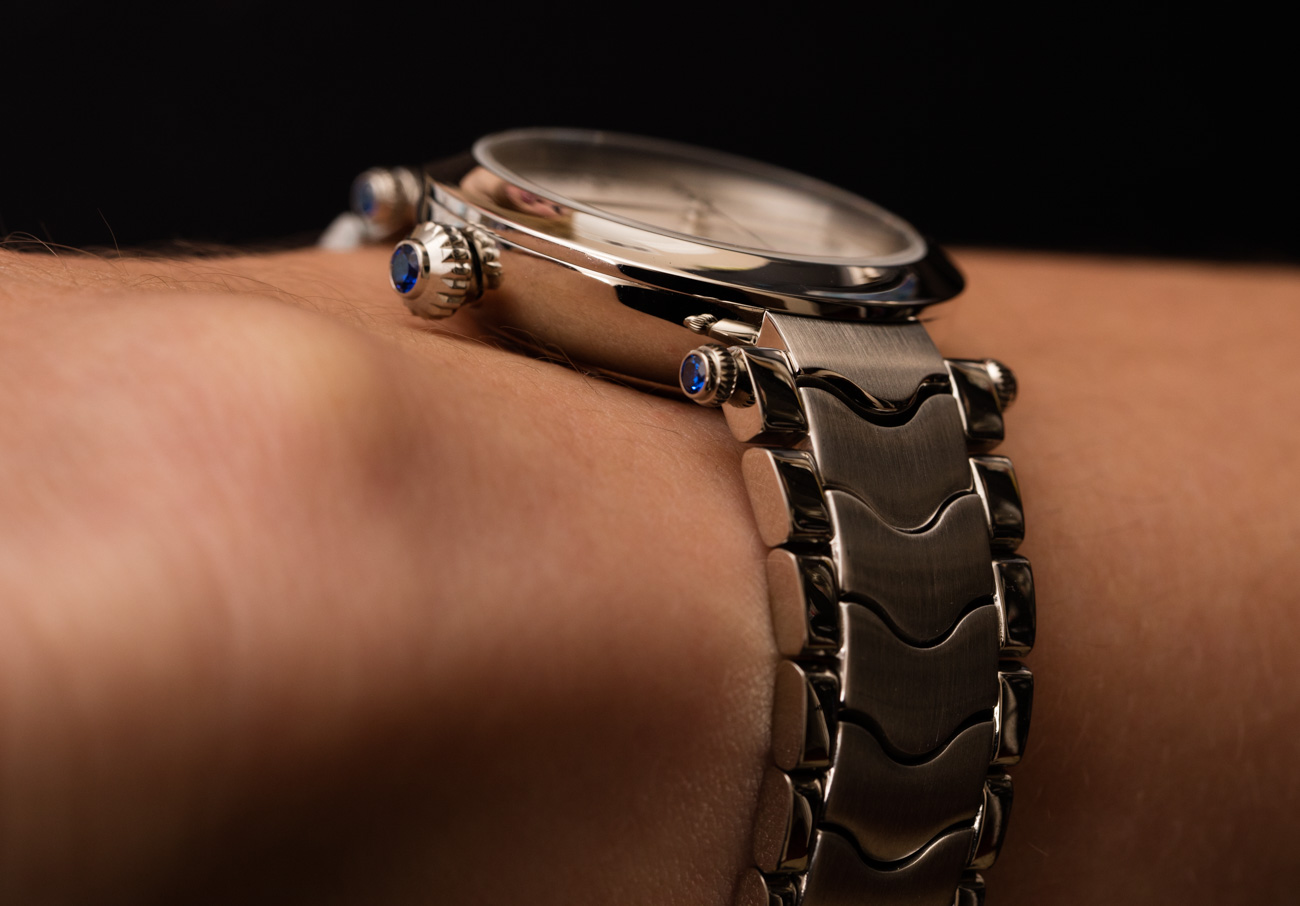
The Emile Chouriet Fair Lady Ballerina has a 29mm-wide case (water resistant to 30 meters) which I think is an excellent size for women. In general, a 28mm–36mm case tends to look good on most women’s wrists, unless they prefer wearing a men’s watch (which is currently popular for a lot of women from a fashion perspective). As someone who wears men’s watches, I do understand the unisex appeal of many such timepieces, but I also feel that it is a shame because women have a universe of wristwatch products intended exclusively for them.
The Emile Chouriet Fair Lady Ballerina has a few trim levels, steel case colors, and movement options, as I said. For review is the ref. 06.2188.L.6.6.26.6 steel-on-steel bracelet automatic model and also the ref. 06.2181.L.1.2.22.2 Fair Lady Ballerina in yellow gold-toned steel and a white leather strap. One of the most important differences between the models is the use of blue sapphire crystals in the crown and lug-ends of the automatic movement. Another difference (aside from the entirely different movements) is the case thickness (6mm with quartz and 9mm with the automatic). The Fair Lady Ballerina automatic case is thicker in order to accommodate the base ETA Swiss automatic movement. The quartz version of the watch is slimmer, as a result of the slimmer movement.
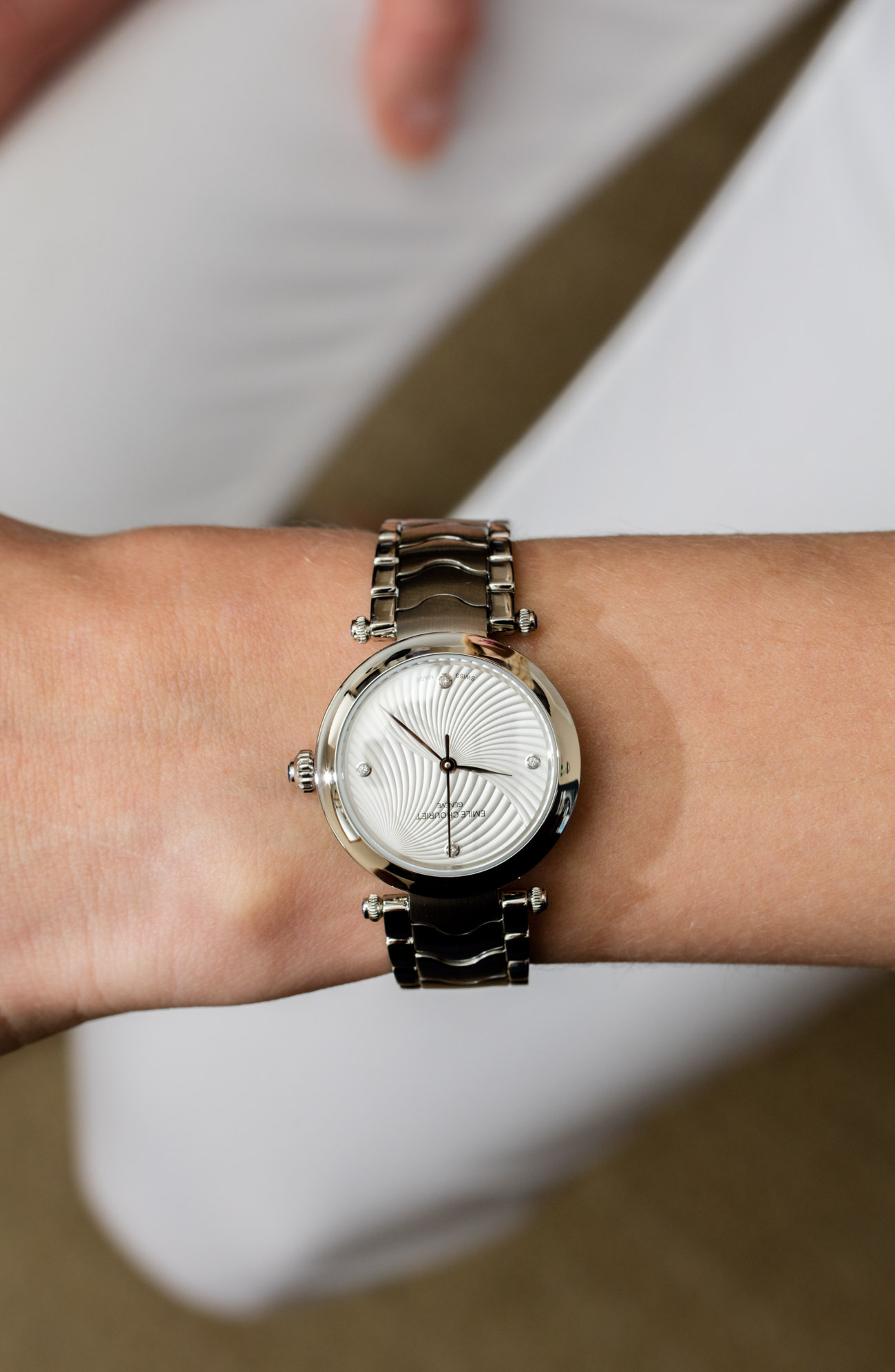
While the automatic version of the Fair Lady Ballerina is a “fancier” watch, it isn’t necessarily the better one for many wearers. Automatic mechanical watches are not as accurate and are a bit more finicky than quartz movements. They also have more watchmaking prestige and emotional value. I say all this because some women prefer the emotion of a mechanical movement, while some prefer the practicality of a quartz movement.
With prices under $1,500 (or less), watches like the Emile Chouriet Fair Lady Ballerina are especially relevant in today’s market. Sure, Cartier, Rolex, and other big-name luxury brands have a huge command of the women’s high-end watch market, but they also come with prices that not all consumers want to pay to simply have a classy, daily-wear watch. Watches from smaller brands don’t come with a “name premium,” and they also don’t come with as much “personality” attached to them, which allows the wearer to wear the watch however she likes. This gets into a larger discussion about branding and consumer psychology, but my experience is that watch wearers tend to have a better experience wearing products from a brand that doesn’t come with as much “perception baggage.”
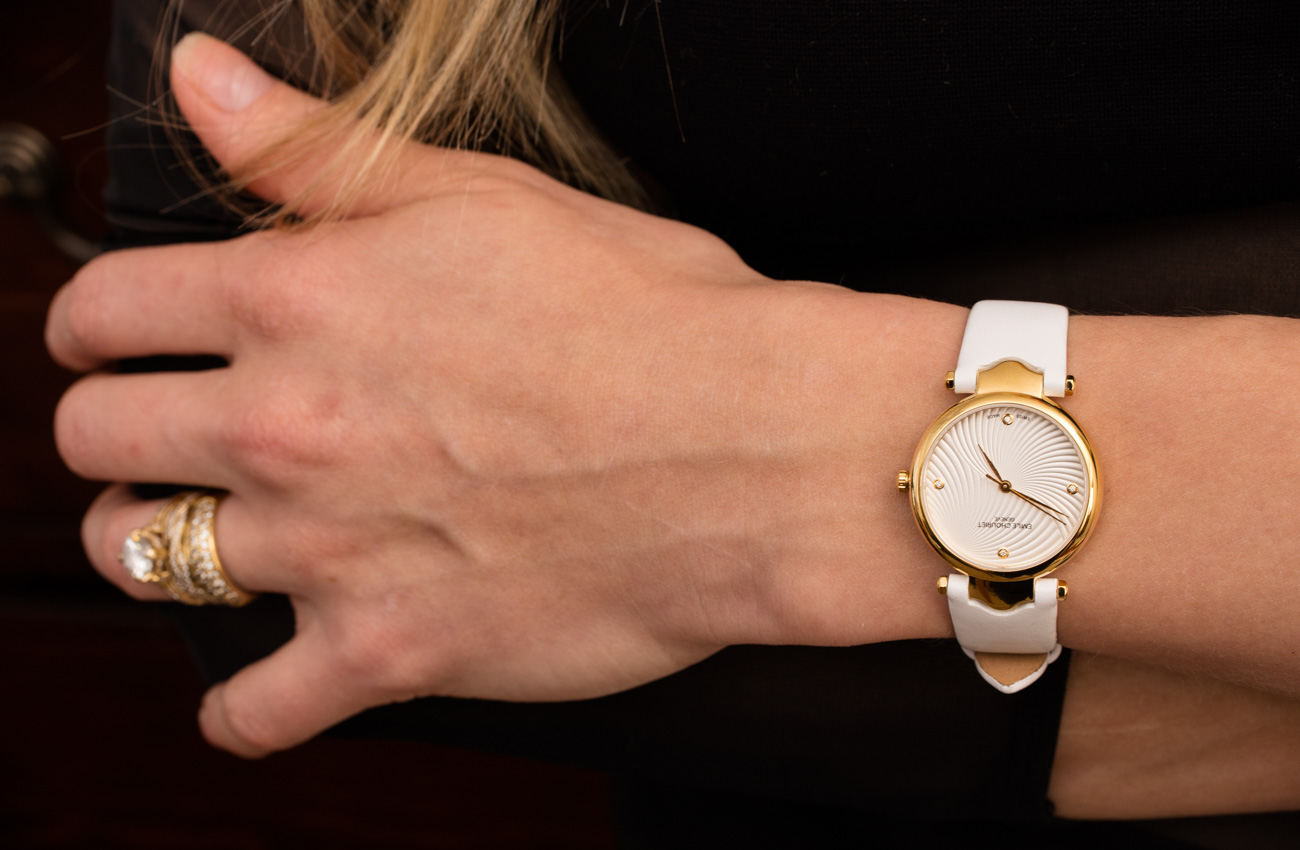
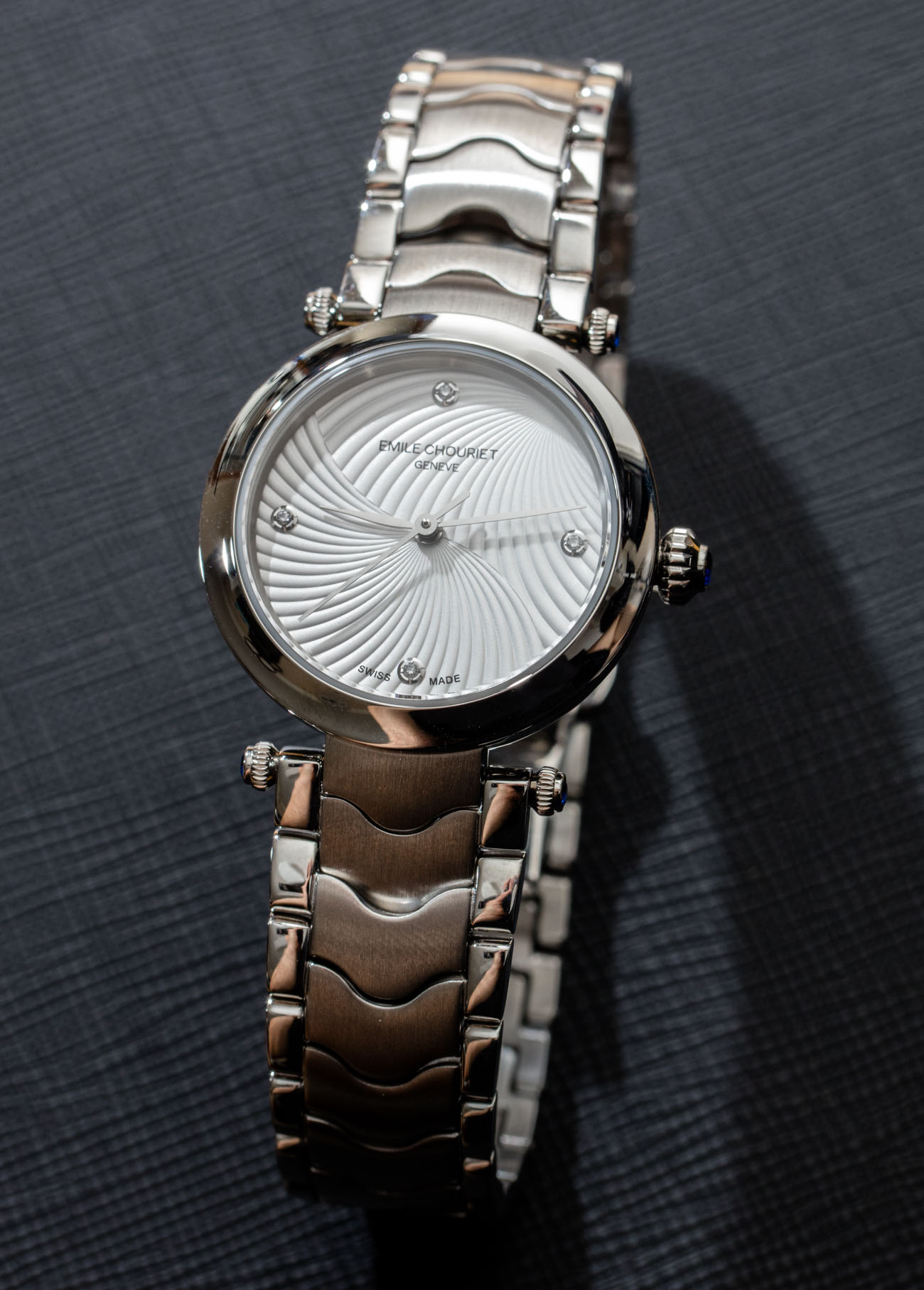
In addition to the distinctive dial designs (which are pretty legible, actually — assuming you can get away with not having all the hour markers), original elements on the Fair Lady watch include the particular execution of the “bar-style” lugs and the shape of the curvy bracelet links. At a glance, the watch doesn’t yell “Emile Chouriet,” per se, but a skilled eye will be able to tell. Better for most wearers is that the look of the Fair Lady resembles a particular feminine watch style available from other brands but with some distinctive elements. This particular design ethos for mainstream luxury-level women’s watches is wise and tends to make for successful women’s watch products at this price point.
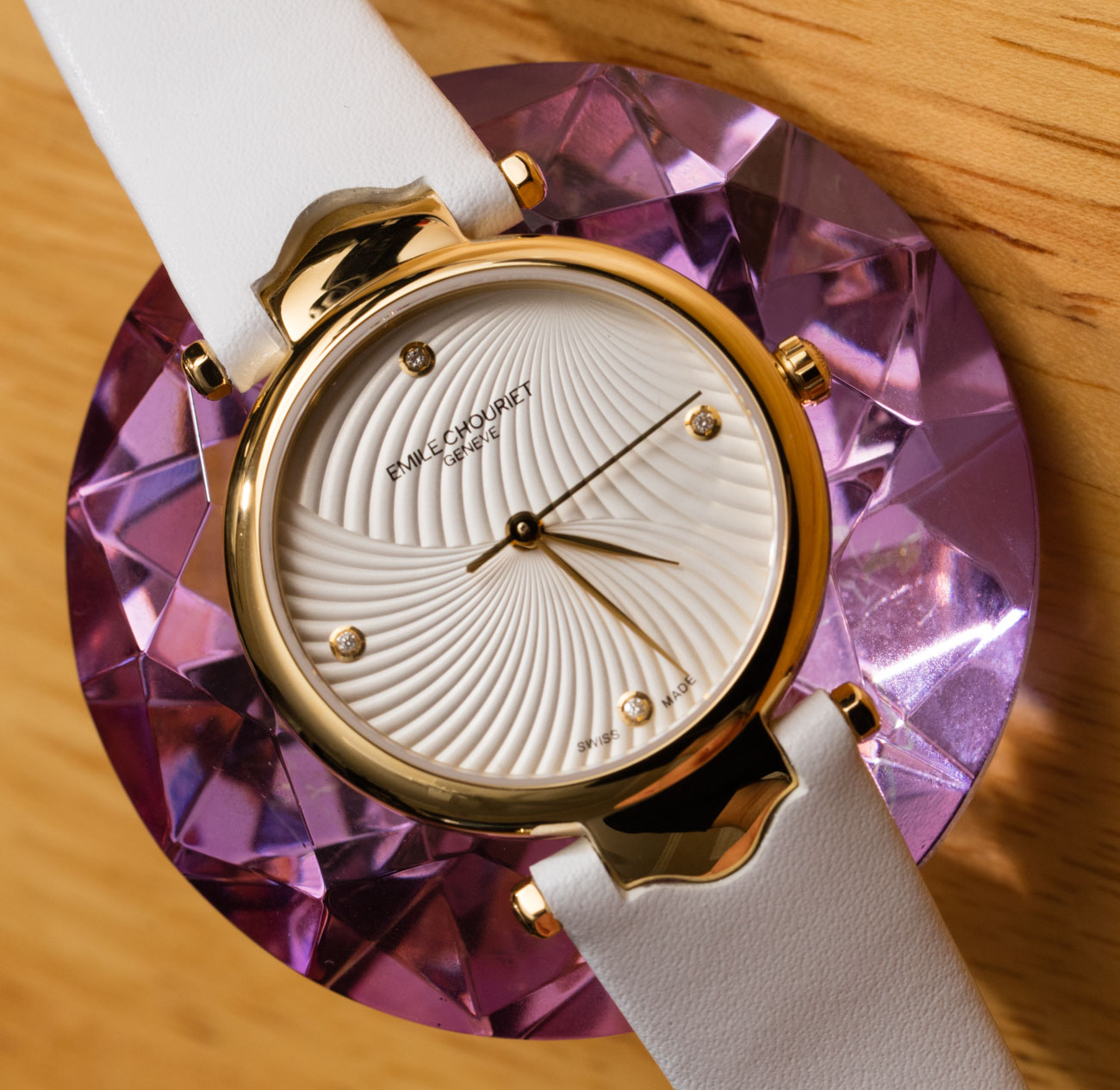
Emile Chouriet is still a boutique Swiss watch brand, but there is a lot to enjoy about its many offerings, and I personally like that the brand is not well represented in my market. There are times when you want the name recognition of a Rolex or Cartier, but much of the time I prefer wearing a nicely designed watch with distinctive design elements and a fair price. Women seeking the same can check out the Emile Chouriet Fair Lady and Fair Lady Ballerina watches. The Fair Lady Ballerina watches as shown are priced at 850 Swiss Francs (ref. 61.2181.L.1.2.22.2) and 1,240 Swiss Francs (reference 06.2188.L.6.6.26.6). Learn more at www.emilechouriet.ch.

